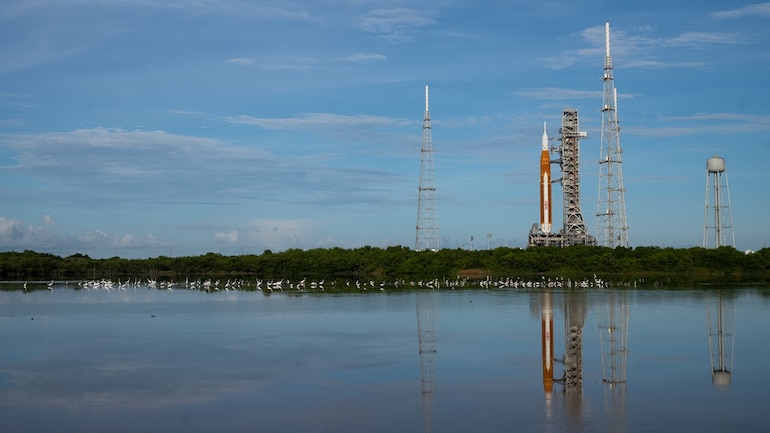
A few days after NASA rubbed the second launch effort from the Space Launch System (SLS) on its first voyage to the moon, it was impossible to occur at the current launch window which was closed on Tuesday. The next opportunity to be launched will only be opened at the end of September and early October. Because the complex orbital mechanics involved in the launch to the Moon, we must launch Artemis I on Tuesday, September 6 as part of the current launch period, “NASA has been updated. However, development shows that it is not possible to occur.
NASA Administrator Bill Nelson stressed that safety is a top priority, especially on test flights like this where everyone wants to verify the rocket system “before we place four humans on it.” Meanwhile, engineers work to improve hydrogen leakage in rapid termination, the interface between liquid hydrogen fuel bait channels and rocket launch system (SLS). The second effort to be launched was rubbed on Saturday after leakage was detected and although there were some efforts, engineers failed to fix it. Very small hydrogen molecules – the smallest – and even the smallest gap or gap can provide a way out. NASA space, which is now retired, disturbed by hydrogen leakage. New moon rockets use the same main engine type.
Mission Mission Manager Mike Naratin told reporters that it was still too early to say what caused leakage, but perhaps due to excessive pressure from the hydrogen line in the morning when someone sent orders to the wrong valve. “The team will conduct a schedule assessment to provide additional data that will inform the decision whether to do work to replace seals either in PAD, where it can be tested in a cryogenic condition, or in a vehicle assembly building,” Nasa said in a blog update. With the launch window that only opened at the end of September, the Artemis team had to roll the rocket and spacecraft back to the vehicle assembly building (VAB) before the next launch tried to reset the system battery.
The previous trial on Monday when launching a 322 -footed space launch system rocket, the most powerful that had been built by NASA, was also a problem with hydrogen leakage, even though it was smaller. That was above the leak that was detected during the countdown exercise at the beginning of the year. NASA has been waiting for years to send a crew capsule on a rocket around the moon. If the six-week demo was successful, the astronauts could fly around the moon in 2024 and land on it in 2025. The last people walked in the month more than 50 years ago.


